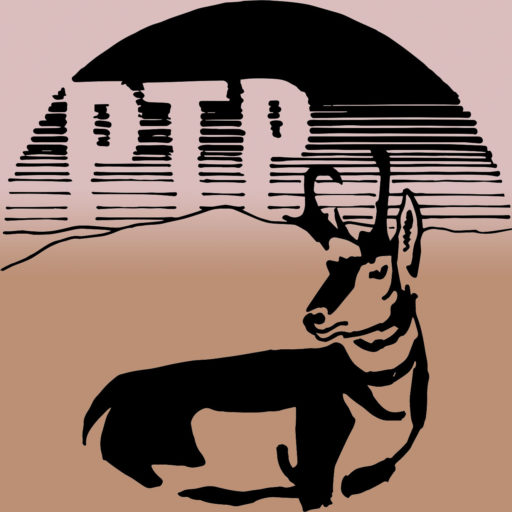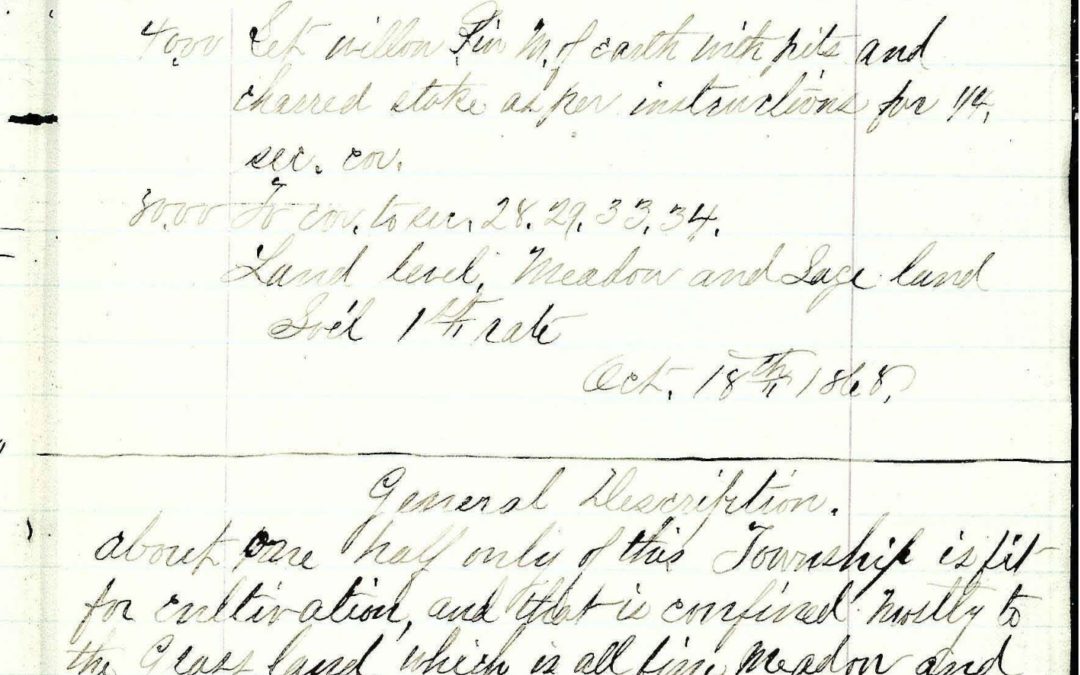While researching the history of Thacker Pass for legal work, Will Falk found this diary entry, titled Field Notes of the Subdivision Lines in Township 44, from Oct 18, 1868:
General Description
About one half only of this Township is fit for cultivation and that is confined mostly to the grassland, which is all fine meadow and has a rich soil, about 230 tons of hay has been cut in Sec 25 this year, along both sides of the river.
Trout creek is the only mountain stream of any importance that flows through this Township. At this season of the year but little water.
The creek bed has an average width of one chain, and banks of an average height of 4ft.
It drains a considerable extent of mountain country and during the spring floods carves a very large body of water flowing through Trout Creek Valley. It has a heavy fall and rushes through the canyon in Sec. 8.17, with tremendous force. The walls of this canyon rise from 200 ft to 250 ft in perpendicular height. There are water marks here some 8ft or 10ft above it’s present level.
The sage land between the mountains and meadow is a bed of gravel worked through this canyon.
Sec. 33 is very wet meadow. In the N.W. 44 is a large clump of buffalo bush and the remains of an Indian camp. In the (dept.code), 1/4 there is an endless number of springs containing excellent water, the best indeed to be found in this section of the country.
Along the line between sec. 22, 23, and between the creek and the meadow I found the remains of an extensive Indian camp. It was at these camps that Captain _ Payne, with 100 E, 1st Nevada Cavalry, attacked and whipped a body of Indians on Sept 12th 1865. There are many Indian skulls and other remains to be found scattered over this junction of the township. I found same also opposite here on the East side of the river.
You can view a scan of the original document here.


That just brings it home real hard. #ProtectPeeheeMuhuh